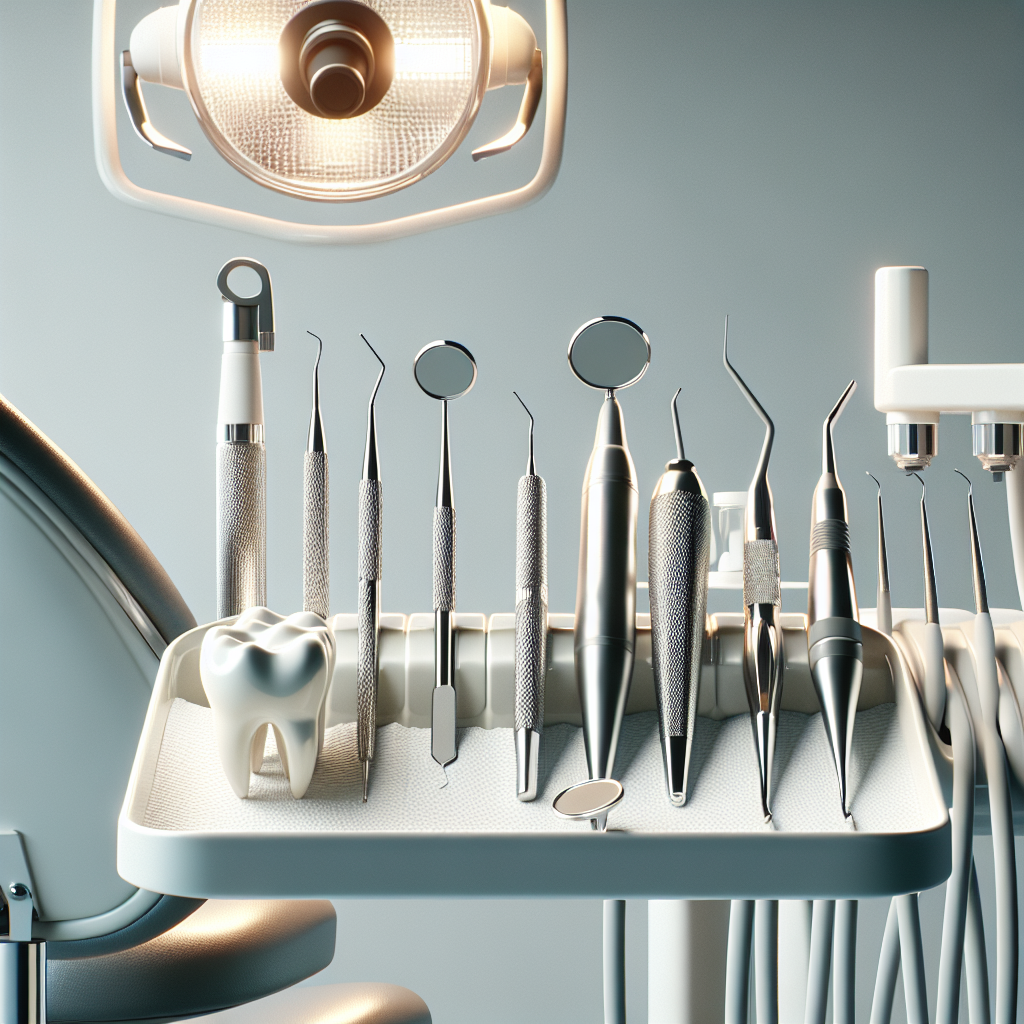
When considering dental health, it’s crucial to understand the significance of deep cleaning teeth and how it differs from regular cleaning. This procedure, often recommended by dentists, targets the removal of plaque and tartar build-up beneath the gum line, playing a vital role in preventing gum diseases like gingivitis and periodontitis. However, one of the most common questions that arise is: what is the cost of deep cleaning teeth? Understanding the financial aspect of this dental treatment is essential for making informed decisions about your oral health.
The cost of deep cleaning teeth can vary significantly based on several factors, including the severity of the condition of your gums, the geographical location of your dental practice, and the dentist’s expertise. Typically, the procedure is more involved than a standard cleaning, which reflects in the pricing. On average, the cost can range anywhere from $150 to $300 per quadrant of the mouth. For a full mouth deep cleaning, this could mean a total cost ranging from $600 to $1,200 or more.
While the cost might seem daunting at first, it’s important to recognize the long-term benefits of investing in deep cleaning. Not only does it help maintain oral health by preventing more severe dental issues, but it can also save you from future costly procedures. Moreover, several dental insurance plans offer partial coverage for deep cleaning, reducing out-of-pocket expenses.
To get a more precise understanding of the expenses involved, it’s advisable to consult with your dental care provider. They can offer a detailed breakdown based on your specific needs. If you’re considering this procedure, visit our website to learn more and get your FREE Quote today!
Factors Influencing Deep Cleaning Prices

Understanding the factors influencing the cost of deep cleaning teeth is essential for anticipating potential expenses and making well-informed decisions. There are several key elements that contribute to the pricing of this dental procedure, each playing a critical role in the final cost.
Firstly, the severity of the gum disease directly affects the cost. If the condition of your gums is more severe, requiring extensive cleaning and possibly multiple visits, the cost will naturally be higher. In such cases, the dentist may need to invest more time and effort to effectively manage the condition, which reflects in the pricing.
Another significant factor is the geographical location of the dental practice. Dental services in urban areas or regions with a higher cost of living tend to be more expensive compared to those in rural areas. Additionally, the experience and reputation of the dentist can influence the cost. Highly experienced practitioners with a solid reputation might charge more for their services, but they also promise a higher level of expertise and care.
Moreover, the specific techniques and equipment utilized during the cleaning process can impact the pricing. Some practices may use advanced technology or specialized methods, which can add to the overall cost. Lastly, insurance coverage plays a crucial role. Depending on your dental insurance plan, you may receive partial or full coverage for the procedure, significantly reducing out-of-pocket expenses.
By understanding these factors, patients can better anticipate the costs involved and explore options that best suit their needs and budget.
Average Cost of Dental Deep Cleaning

The average cost of dental deep cleaning can vary widely depending on several factors, as previously discussed. Generally, the price range for this procedure can fluctuate between $150 to $350 per quadrant. Considering that the mouth is divided into four quadrants, a full-mouth deep cleaning might cost anywhere from $600 to $1,400.
It’s important to note that these figures are averages and can differ based on geographical location and the specifics of the dental practice. For instance, patients in metropolitan areas might encounter higher costs due to the increased demand and higher operational expenses typical of urban settings.
Additionally, the method of billing can influence the perceived cost. Some dental offices might offer package deals for full-mouth treatments, potentially lowering the cost per quadrant. Others may charge separately for each visit, especially if the cleaning is spread over multiple appointments, which can make tracking and comparing costs a bit complex.
Furthermore, while the initial costs may seem high, it’s crucial to consider the long-term benefits of deep cleaning. Preventing gum disease progression can save patients from more severe and costly treatments in the future, such as periodontal surgery or tooth extraction and replacement. Thus, investing in deep cleaning can prove to be an economically sound decision in terms of maintaining overall oral health.
Understanding the average costs involved can help patients budget appropriately and evaluate the value of the service in relation to their dental health needs.
Insurance Coverage for Deep Cleaning

When considering the cost of deep cleaning teeth, understanding how insurance coverage can affect your out-of-pocket expenses is crucial. Many dental insurance plans offer coverage for preventive care, including cleanings and exams. However, deep cleaning, which is more comprehensive than a regular cleaning, is often classified as a periodontal treatment and might not be fully covered.
Typically, insurance policies cover around 50% to 80% of the cost of deep cleaning procedures, depending on the specifics of the plan. It’s essential to check whether your policy categorizes deep cleaning under basic or major services, as this classification can significantly impact your coverage level. Some plans may require a deductible to be met before benefits apply, which is another factor to consider.
Before scheduling a deep cleaning, consult with your dental insurance provider to determine the exact coverage details. Ask about the annual maximum benefit limits, as they can affect the extent of coverage available for the procedure. Additionally, inquire if your plan covers the entire mouth or if it is limited to a certain number of quadrants per year.
For those without dental insurance, or if your insurance only covers a portion of the cost, some dental offices offer payment plans or financing options to make the procedure more affordable. It’s advisable to discuss these options with your dental provider to ensure you can maintain your oral health without financial strain.
Benefits of Investing in Deep Cleaning

Investing in the deep cleaning of your teeth is more than a mere cosmetic enhancement; it is a vital step towards maintaining optimal oral health. Unlike routine cleanings, deep cleaning, also known as scaling and root planing, targets the areas below the gumline to remove plaque and tartar buildup that regular brushing and flossing cannot reach.
One of the primary benefits of this procedure is its effectiveness in preventing gum disease. By thoroughly cleaning the pockets between the teeth and gums, deep cleaning reduces bacteria that cause inflammation and infection, thereby preventing the progression of gingivitis to periodontitis. This can lead to healthier gums and a decreased risk of tooth loss.
Additionally, deep cleaning can help eliminate chronic bad breath, or halitosis, which is often caused by bacteria accumulation. By addressing the root cause, rather than masking the symptoms, you can enjoy fresher breath and improved confidence in social interactions.
Moreover, maintaining gum health through deep cleaning can have systemic health benefits. Research has shown a connection between periodontal health and systemic conditions such as heart disease and diabetes. By investing in deep cleaning, you are contributing to your overall wellbeing and potentially reducing health risks related to these conditions.
Lastly, deep cleaning can aid in preserving your natural teeth, avoiding the need for more invasive procedures such as extractions or implants. By investing in this preventive measure, you are not only protecting your oral health but also saving time and money in the long run.
Tips for Affordable Deep Cleaning Services

Finding ways to make deep cleaning services more affordable can be a challenge, but it is not impossible. Here are some practical tips to help you manage the cost of deep cleaning teeth effectively:
- Check Your Insurance: Start by reviewing your dental insurance policy to see if deep cleaning is covered. Many plans include partial or full coverage for periodontal procedures, which can significantly reduce your out-of-pocket expenses.
- Compare Prices: Don’t settle for the first quote you receive. Reach out to multiple dental clinics and ask for estimates. This will help you understand the average cost and find the most competitive rates.
- Consider Dental Schools: Dental schools often offer discounted services provided by students under the supervision of experienced instructors. This can be a cost-effective way to receive quality care.
- Look for Payment Plans: Some dental offices offer payment plans that allow you to spread the cost of deep cleaning over several months. Be sure to inquire about these options.
- Schedule Regular Cleanings: By keeping up with regular dental cleanings, you can prevent the need for more extensive and costly deep cleanings in the future.
By taking these steps, you can make deep cleaning more affordable without compromising on quality. Investing in your dental health is a crucial decision that pays off in the long term by preventing more severe issues.
Take the first step towards a healthier smile! Visit our website to learn more and get your FREE Quote today!


